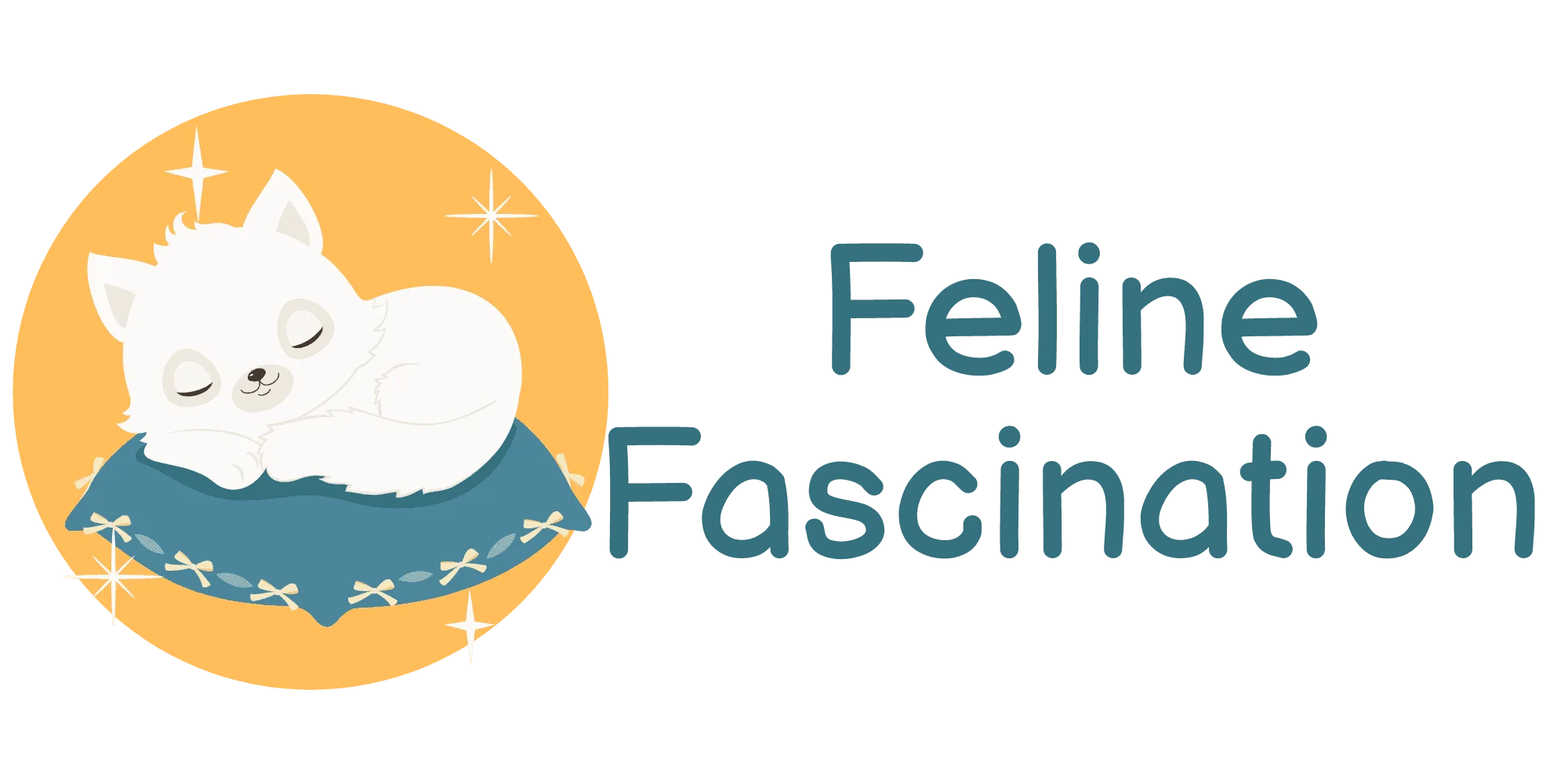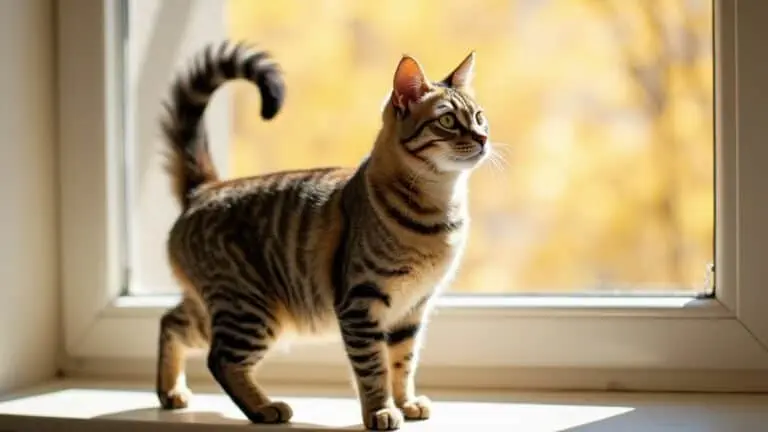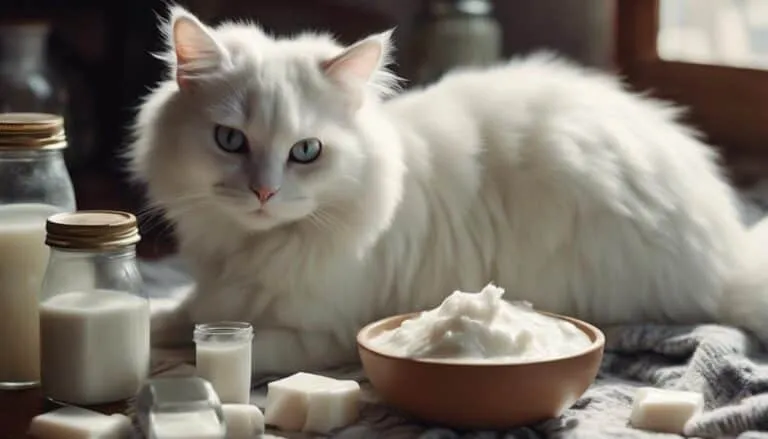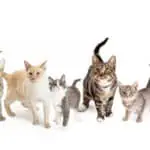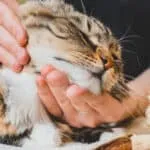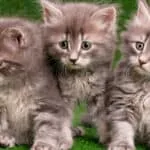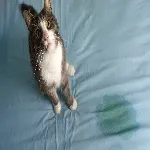The Best Fluffy Pancakes recipe you will fall in love with. Full of tips and tricks to help you make the best pancakes.
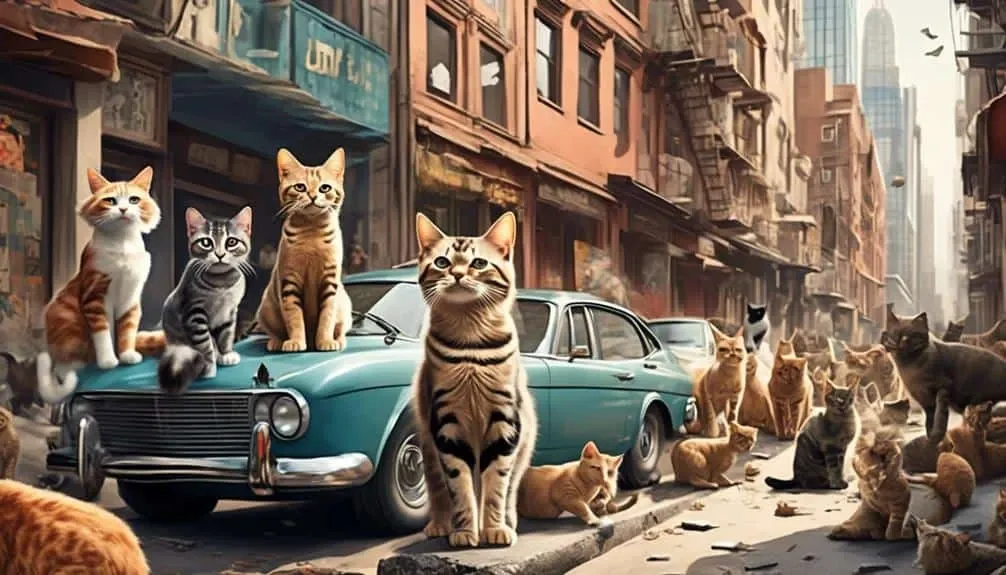
So, you think you know everything there is to know about cats? Well, think again. Prepare to be astounded as we unveil the shocking truth behind the global cat population.
From the crowded streets of Tokyo to the vast savannas of Africa, these enigmatic creatures have taken the world by storm, multiplying at an unprecedented rate. But what's causing this feline phenomenon? And what does it mean for our society as a whole?
Brace yourself, because we're about to uncover the secrets of the soaring cat population and delve into a world where cats reign supreme.
Key Takeaways
- The global cat population is estimated to be anywhere from 200 million to over 600 million, with significant growth over the past 40 years.
- The United States has the highest cat population, followed by China and Russia.
- Cats outnumber dogs in the US by almost 4 million, and there is a division between cat countries and dog countries worldwide.
- Cats were domesticated around 10,000 years ago from the Near Eastern Wildcat, and their domestication marked a significant cultural shift for humans.
The Growing Global Cat Population
The global cat population has experienced significant growth over the past few decades, reaching an estimated 200 million to over 600 million cats worldwide. This increase has had a profound impact on stray cat populations and has highlighted the cultural significance of cats in different regions.
Stray cats, often abandoned or lost, contribute to the growing cat population and face numerous challenges in their search for food and shelter. In some regions, stray cats are seen as pests, while in others, they're seen as symbols of good luck or protection. Cats have become ingrained in the cultural fabric of various societies, with festivals, traditions, and even cat cafes dedicated to celebrating their presence.
Understanding the impact of stray cat populations and the cultural significance of cats is essential in developing effective strategies for their management and welfare.
Cats Vs. Dogs: a Worldwide Divide
With a clear divide between countries that prefer cats and those that favor dogs, the global debate over which pet is superior continues to spark discussions and shape cultural preferences.
When it comes to feline preferences, Western European countries generally lean towards cats, while Ireland, Portugal, and Spain prefer dogs. In contrast, most of Asia is dominated by dog countries. The Middle East and parts of Africa, on the other hand, have a long history of favoring cats.
These cultural preferences have deep-rooted significance, reflecting the different roles cats and dogs have played in various societies throughout history. Whether it's the companionship and independence of cats or the loyalty and protection of dogs, the choice between these two animals reveals fascinating insights into our values and lifestyles.
The Domestication and Ancestry of Cats
The Domestication of cats began around 10,000 years ago when the Near Eastern Wildcat chose to join humans, marking the beginning of a significant cultural shift in human history. This event had a profound cultural significance as cats played various roles in ancient civilizations.
In ancient Egypt, for example, cats were highly revered and considered sacred animals. They were even depicted in their artwork and were believed to bring good fortune and protection.
In other ancient civilizations such as the Roman Empire and ancient Greece, cats were admired for their hunting skills and were often kept as pets to control pests.
The domestication of cats not only provided practical benefits such as pest control but also had a symbolic and spiritual meaning in many ancient cultures.
Cat Ownership: Numbers and Trends
Cat ownership has seen a significant rise in numbers and evolving trends over the years. Here are some key trends and their impact on the environment:
- Increasing popularity: Cat ownership has become increasingly popular, with more people choosing to bring cats into their homes as pets.
- Shifting demographics: Cat ownership is no longer limited to women; both men and women now own cats. The term 'cat-daddy' has gained popularity in recent years.
- Sustainable practices: Cat owners are becoming more conscious of the environmental impact of cat ownership. Many are adopting sustainable practices such as using eco-friendly cat litter and feeding their cats sustainable and ethically sourced food.
- Outdoor cats: The debate around allowing cats to roam outdoors continues. While outdoor cats can have a negative impact on local wildlife, some owners choose to provide outdoor access for their cats through enclosed gardens or catios.
As cat ownership continues to grow, it's important for cat owners to consider the environmental implications and make choices that minimize their impact.
Feral Cats: An Urban Challenge
Feral cats pose a significant urban challenge due to their unchecked population growth and impact on local ecosystems. Urban cat overpopulation is a pressing issue, as these cats have adapted to survive in cities and reproduce at alarming rates. The exponential growth of feral cat populations can lead to negative consequences for both humans and the environment.
These cats can compete with native wildlife for resources, prey on small animals, and spread diseases. To address this challenge, effective management strategies are crucial. Implementing trap-neuter-return programs, where feral cats are trapped, sterilized, and then returned to their original location, has shown promise in controlling population growth.
Additionally, public education and awareness campaigns can help promote responsible pet ownership and discourage the abandonment of cats. By implementing these strategies, we can work towards finding a balance between the welfare of feral cats and the preservation of urban ecosystems.
The Impact of Cat Litter Invention
As we shift our focus to 'The Impact of Cat Litter Invention', it's important to examine how this innovation revolutionized the relationship between humans and cats, ultimately shaping the dynamics of cat ownership and urban living.
The impact of cat litter on cat behavior and the environmental implications of cat litter use can't be overstated. Consider the following:
- Improved Hygiene: Cat litter eliminated the unpleasant odor of cat urine, allowing cats to be kept indoors. This led to an increase in the number of housecats and brought cats closer to humans.
- Convenience: Cat litter made it easier for city dwellers to keep cats, as these small animals can live in smaller spaces.
- Environmental Concerns: The widespread use of cat litter raises significant environmental concerns, as it contributes to landfill waste and can contain harmful chemicals.
Understanding the impact of cat litter invention is crucial for responsible cat ownership and sustainable urban living.
Cats as Service Animals: The Role of Farm Cats
Farm cats, considered service animals, play a vital role in various agricultural settings, contributing to pest control and maintaining the overall health and productivity of farms. These feline workers excel in their role as natural pest controllers, targeting rodents and other small animals that can wreak havoc on crops and stored grains.
By keeping pest populations in check, farm cats help minimize crop damage and reduce the need for chemical pesticides. Additionally, their presence deters pests from entering farm buildings, protecting stored produce and livestock feed.
The benefits of farm cats extend beyond their pest control abilities. They also provide companionship and emotional support to farmers, contributing to their overall well-being. In rural communities, farm cats are valued members, serving as both efficient workers and beloved companions.
Cat Ownership: Breaking Gender Stereotypes
Cat ownership is challenging traditional gender stereotypes as more men are embracing the role of cat owners. This shift in ownership is indicative of the changing face of cat owners and is breaking down societal expectations. Here are three key points highlighting this phenomenon:
- Men are embracing the companionship of cats, challenging the notion that cat ownership is feminine. They're finding joy in caring for and bonding with their feline friends.
- The rise of male cat owners is driven by factors such as increasing awareness of the benefits of pet ownership, the positive impact on mental health, and the popularity of social media platforms showcasing men and their cats.
- This shift in gender dynamics in cat ownership is contributing to a more inclusive and diverse pet ownership landscape, promoting equality and breaking down stereotypes.
The changing face of cat owners signifies a progressive shift in societal norms, encouraging a greater acceptance of diverse interests and challenging traditional gender roles.
Feline Phenomenon: Cats and Humans in Modern Times
The relationship between cats and humans has evolved significantly in modern times, reflecting changes in societal attitudes and lifestyles. The bond between cats and humans has experienced changing dynamics, with an increasing emphasis on emotional connection. This shift can be attributed to various factors, such as the recognition of cats' ability to provide emotional support, the rise of single-person households, and the growing trend of urban living.
Cats are no longer seen solely as functional companions but as beloved family members. Cats offer companionship, stress relief, and a sense of purpose to their human counterparts. As more people seek comfort and companionship in their daily lives, the connection between cats and humans continues to strengthen, creating a feline phenomenon in modern times.
Conclusion
In conclusion, the global cat population has experienced an astonishing surge, with estimates ranging from 200 million to over 600 million cats worldwide.
Like a stealthy predator, cats have infiltrated nearly every corner of the globe, leaving their mark on our cultural history.
Their partnership with humans has shaped our society, and their accessibility has been enhanced by the invention of cat litter.
Just like a tapestry woven with intricate threads, the world of cats is a captivating phenomenon that continues to evolve and astound.
